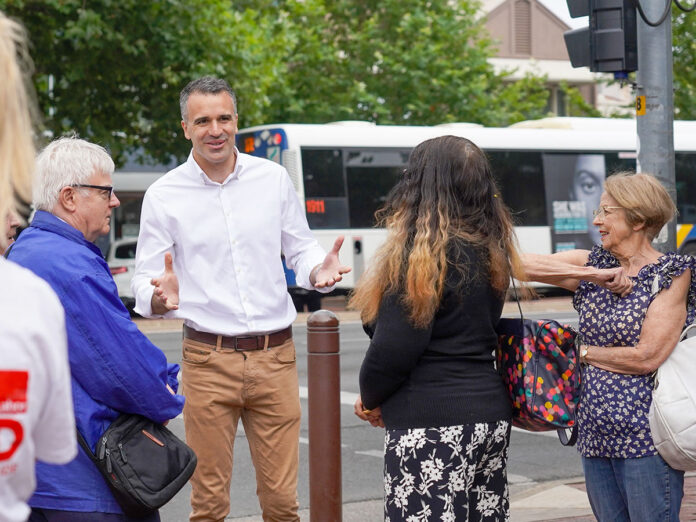The Limestone Coast Landscape Board has received funding to undertake infrastructure works to retain water in the landscape.
This will improve aquifer recharge and protect ecological values at Hutt Bay (also known as Middle Point Swamp) near Port MacDonnell as part of a Regional Recharge Farms project.
The Regional Recharge Farms project is being delivered by the Limestone Coast Landscape Board in partnership with Nature Glenelg Trust, SA Water and Burrandies Aboriginal Corporation.
It is part of a larger collaboration undertaking a combination of investigating opportunities, on-ground works, feasibility studies and research towards achieving water security and sustainability for the environment, industry, community and First Nations in the lower Limestone Coast.
The partnership will allow more on-ground works to occur as part of the broader direction undertaken by the Limestone Coast Landscape Board addressing water sustainability in the region with its ‘Making Every Drop Count’ focus.
A recharge farm is a new concept developed in the project and is a site located strategically in the landscape where water can be held through infrastructure works to increase recharge back into the aquifer and potentially prevent the need to reduce primary production.
The recharge farm is located strategically to rejuvenate the internationally significant wetlands of Hutt Bay in the MacDonnell management area, which is currently at high risk due to the potential for groundwater declines.
The area is home to the unique karst rising-springs where groundwater rises to the surface from the limestone beneath. The springs represent a highly threatened ecosystem of flora and fauna species in the Limestone Coast, which was recently listed as a threatened ecological community under the Environment Protection and Biodiversity Conservation Act 1999.
Primary production in the Lower Limestone Coast Prescribed Wells Area (LLC PWA) is heavily reliant on the unconfined aquifer system.
Groundwater levels have declined in some areas where demand for water exceeds recharge putting wetlands such as the karst rising-springs at risk. Finding a balance in a changing climate is key to supporting our primary industries and sustaining our ecosystems.
Limestone Coast Landscape Board chair Penny Schulz said the board had a strategic approach to water security in a changing climate.
“The Landscape Priorities Fund and National Water Grid Authority funding has enabled a significant and innovative project focussed on protecting and balancing our water resources in the region,” Ms Schulz said.
Ms Schulz said protecting local water resources was a big priority for the board.




